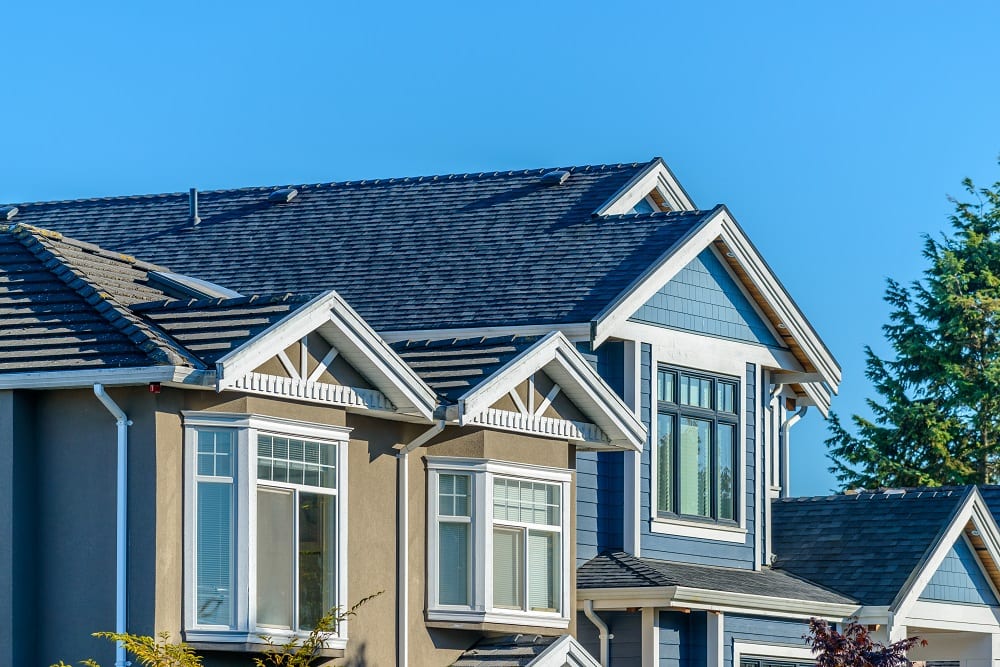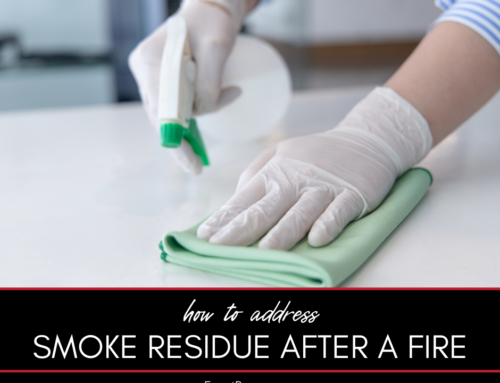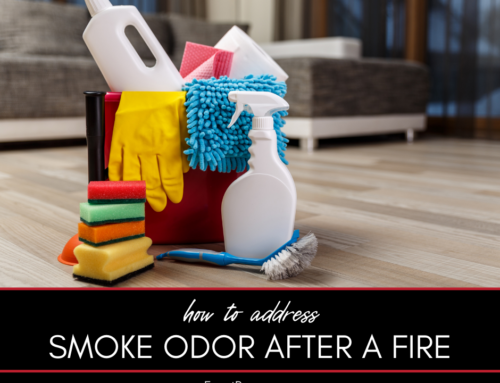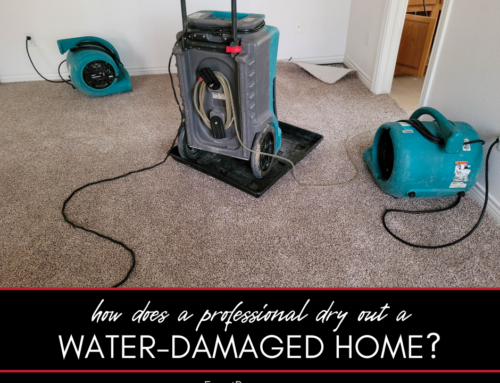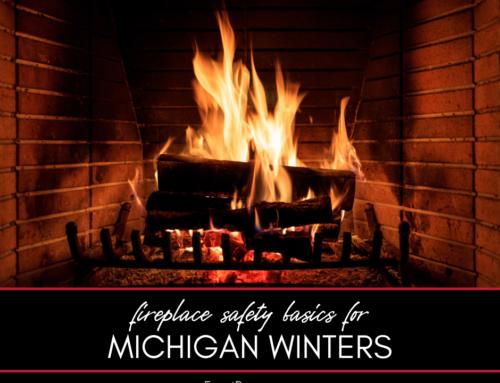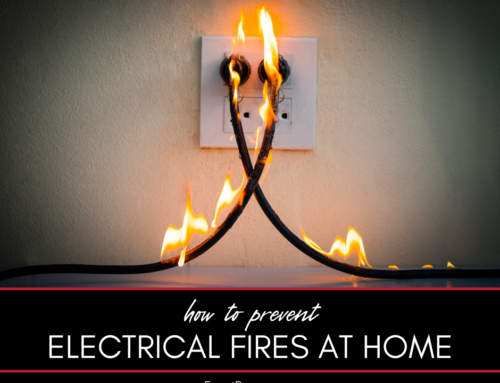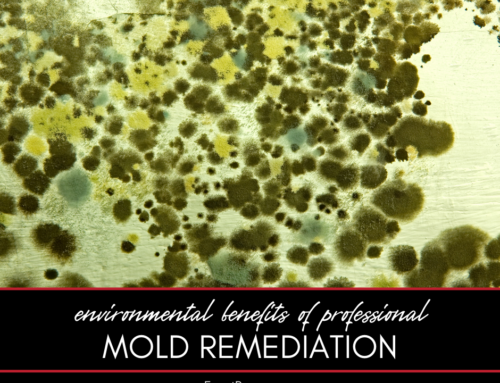Siding can enhance the look of your home. The right siding can also act as a barrier against fire. Here are four options that offer both safety and style.
Stone Veneer
When choosing to cover or accent your home with a natural stone veneer, a material like sliced rock is a great non-combustible option. When applying a stone veneer use a fire-rated mortar. Over time, cracks in the mortar may occur and they’ll need to be repaired to reduce the chance that the heat of a fire will cause the stones to fall off. The fire-resistance of a stone veneer is enhanced if there’s masonry-block beneath, instead of wood framing that hasn’t been treated with fire-retardant chemicals.
Masonry
Brick and stucco walls are naturally fire-retardant, and depending on their thickness they meet or exceed one-hour fire ratings. If installed and maintained properly both can provide decades of protection. A layer of gypsum underneath can slow the transference of heat to the framing of your home.
Treated Wood
You might love the look of wood siding, but is it a bad move when it comes to fire resistance? Wood can be a perfectly good choice when it’s treated with UL-approved fire-retardant chemicals. The wood needs to be retreated regularly, though, so it can retain its fire resistance, since the chemicals fade over time.
Fiber Cement
Fiber-cement siding is made from a mix of Portland cement, sand, and wood and usually has a Class A fire rating, which means it can withstand between two to four hours of high heat before the structure of your home starts to fail. To achieve maximum efficiency most fiber-cement sidings need an underlayment of gypsum board. Be aware that embers can ignite other flammable surfaces on your home, so use fiber-cement trim (or other fire-retardant trim) on eaves, soffits, and fascia, too.


